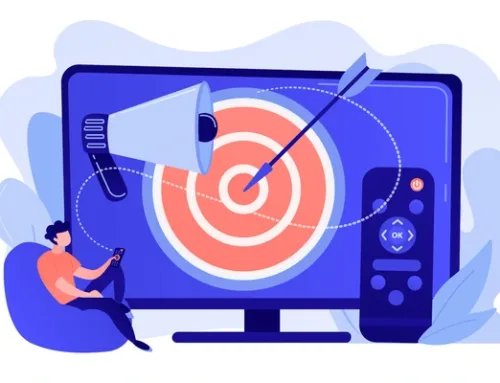Localization in Advertising
There are multiple layers to an effective message, and when many people think of localization in advertising, they only hit the surface level. Advertisers often ask the questions: Is my advertisement in the right language? Am I being sensitive to the local culture? Is my message understandable? Although these are important questions, we can go much further than these top line items. By failing to dive deeper into localization, you could be broadcasting in the right language, but your message and brand may not be resonating as strongly with your target audience that is located in a region far away from you as much as it resonates with your neighbor.
We are all aware of our local customs, cultures, and identities, even if we are not actively monitoring them. We understand broadly things happening in our community, our country, etc. and so when we craft messages to groups we know, we are able to effectively reach them. However, pitching to a group of people wholly different to yourself is a different ballgame! That’s why localization can be such a challenge for many companies.
The tried-and-true easiest way to go about this is having someone internally, who is from that target audience, lend first-hand experience. While I may be an English speaker, my ability to convey a compelling argument to South African or Scottish folks would likely be very lacking. Humor is a great example of something that can already be seen as quite a gamble in advertising as it very well may not translate (literally and figuratively!). But having someone from a target audience who can review and assess creative is an instrumental process in creating impactful messaging across the globe. As we try and grow brands, we always lean on local expertise and strive to partner with teams from diverse locals to help bolster our ability to confidently deliver our clients messages abroad.
It isn’t all an upward battle in this arena. With enough creativity, localization can lead to exciting expansions to brand image and connects to local markets. A phenomenal example of this is Hyundai’s “Hyundai like Sunday” Super Bowl advertisements. These ads use the difficulty in translating from Korean to English as a way to directly address an American audience and have fun with the difficulties involved in localization. This leaves a memorable ad poking fun at differences in pronunciation and shows how their quality can transcend any difficulties.
Overall localization is something that absolutely needs time and effort when you begin expanding into newer markets. This means more than just a dub over in the target language. Advertisers must truly take the time to understand geography, accents, culture, and ultimately understand the individuals they want to reach.





